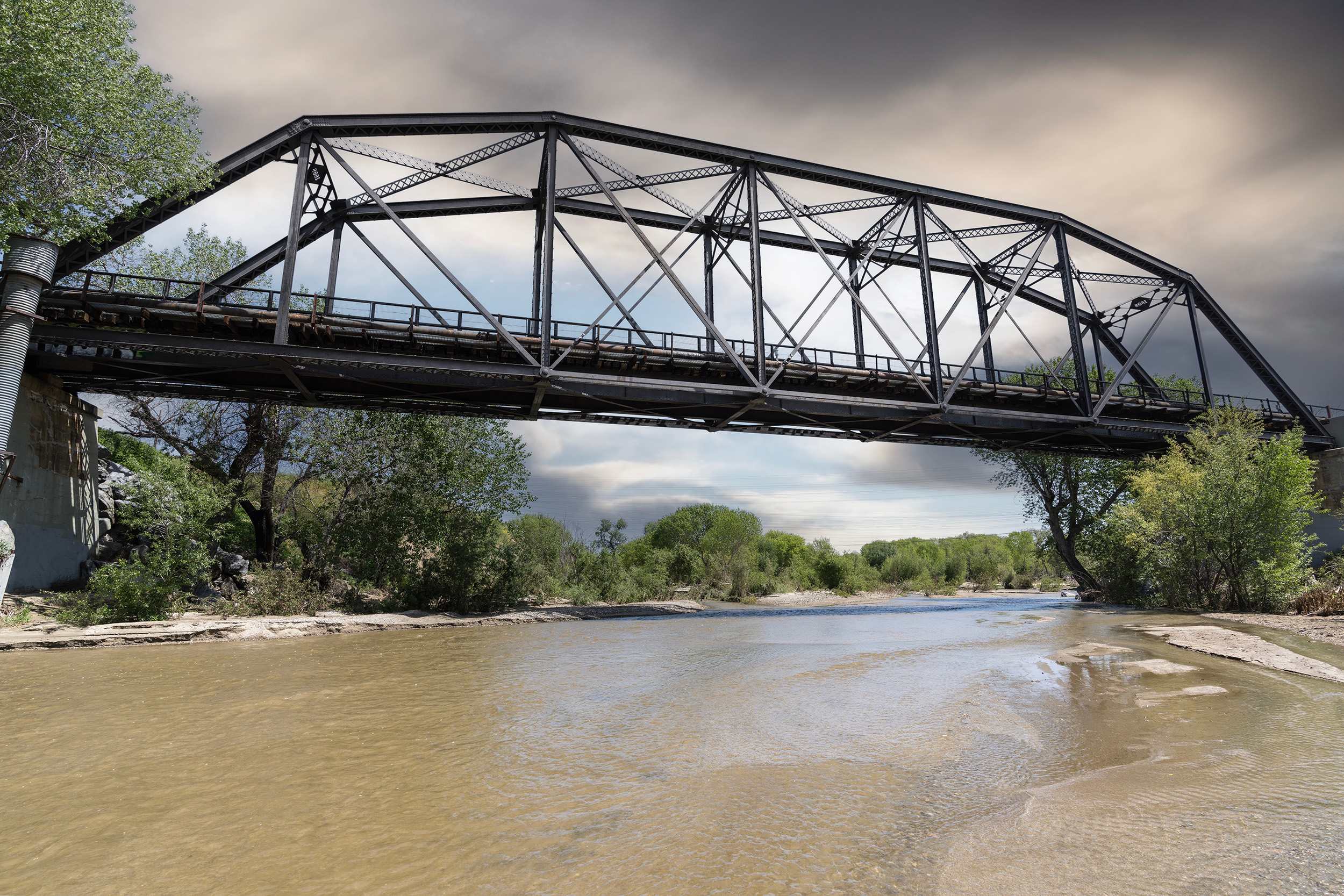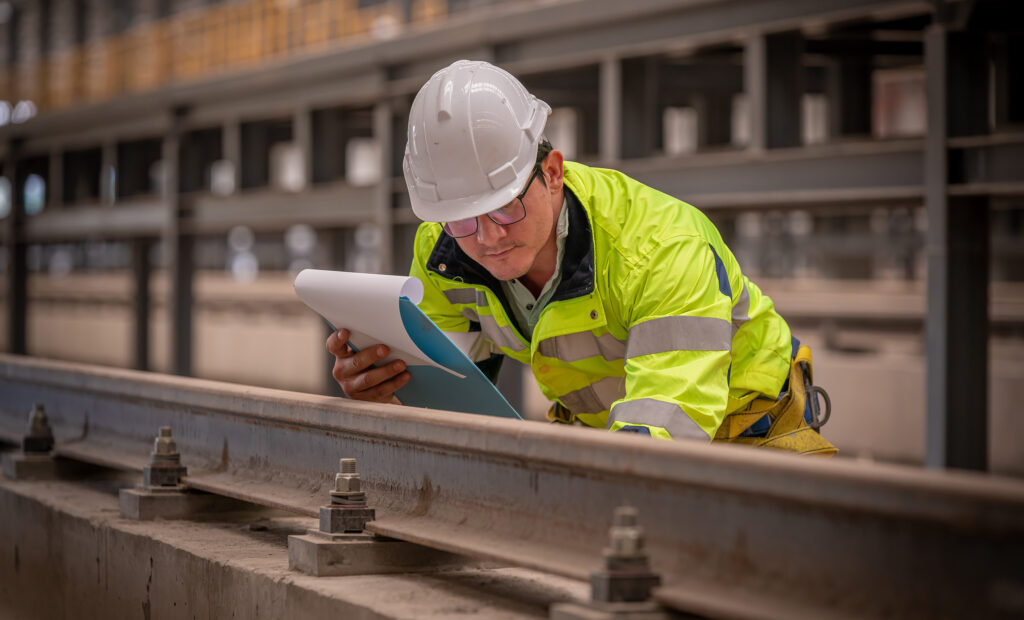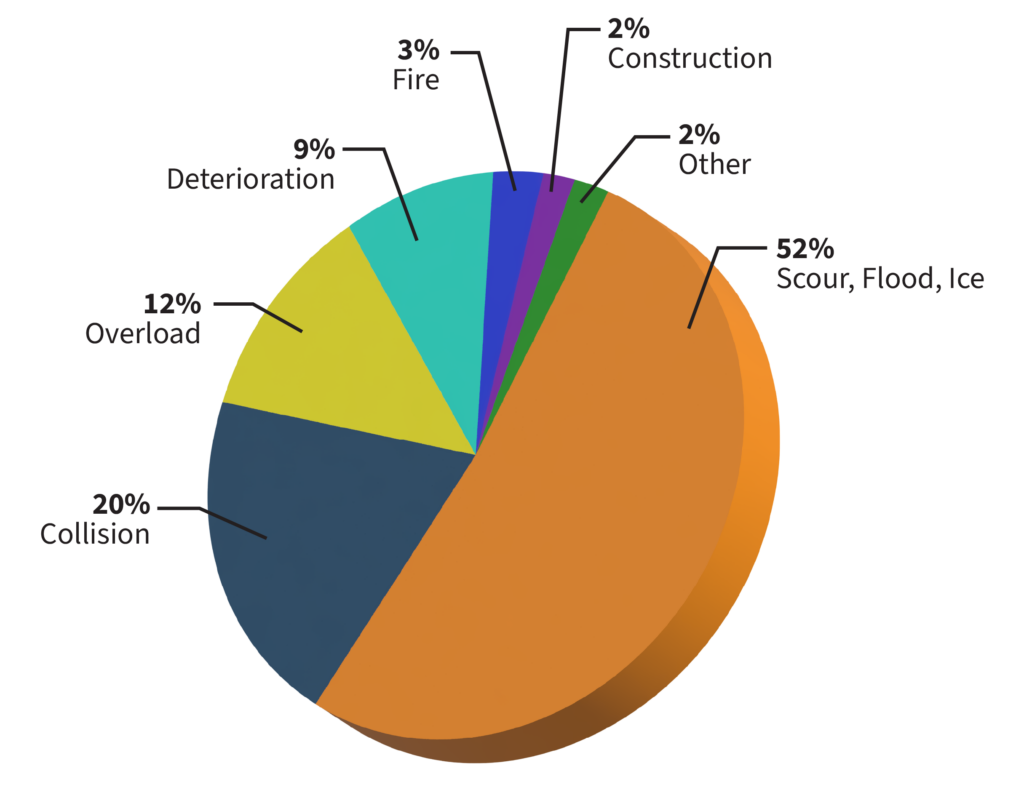
Rail bridges are aging while rail tonnage continues to grow, yet they remain the only major rail assets lacking electronic monitoring.
Now is the time to adopt a dramatically more effective bridge management concept.
Current bridge management relies heavily on infrequent visual inspections, providing limited insights into bridge conditions. Moreover, if these inspections do not align with train traffic, they may not accurately represent the true condition of the bridge.
North America alone has over 100,000 railroad bridges, with a median age exceeding 100 years. Approximately $2.6 billion is spent on railroad inspections. Many bridges are old, complex, and their condition and history often remain uncertain. Determining when bridges require repairs or replacement is a difficult task.
The challenges are in the details
- Bridges are facing extreme aging while rail traffic tonnage is growing.
- Bridges remain the only major rail assets that are not monitored.
- Environmental issues will always exist: Earthquakes, bridge strikes (collisions), high water, ice, scour, flooding, general deterioration can’t becontrolled.
- There has been a lack of a simple way to inspect bridges.
- The replacement of bridges carries a very high cost.
- Current inspection and monitoring techniques are deficient.
- Detailed examination of superstructure is expensive and often requires the bridge to be out of service.
- Access to points on the bridge can be difficult, expensive, hazardous to inspectors, and often precludes observations of live load.
- Drone inspection addresses some of these issues but is expensive and is still merely a visual snapshot.
Examining the facts can be rather daunting from a management point of view

- There are approximately over 100,000 bridges in North America.
- The median bridge age is over 100 years.
- Annual expenditure of railroad bridge inspections has reached $2.6 Billion.
- 72% of bridge failures are due to the environment.
- According to the FRA, bridge problems cost railroads about 100 million per year in revenue losses.
Why do bridges fail?

Affordable, Effective, the Future!
Up until now, many solutions and alternatives have been cost prohibitive.
Heuristic Actions recognized the challenges and needs, engineering an affordable, wireless electronic structural monitoring system called Bellwether. Bellwether is a flexible system for electronic assessment and long-term continuous monitoring of any type of rail or bridge. Our patented wireless architecture, with origins based on a concept developed at Stanford University, confers crucial advantages.